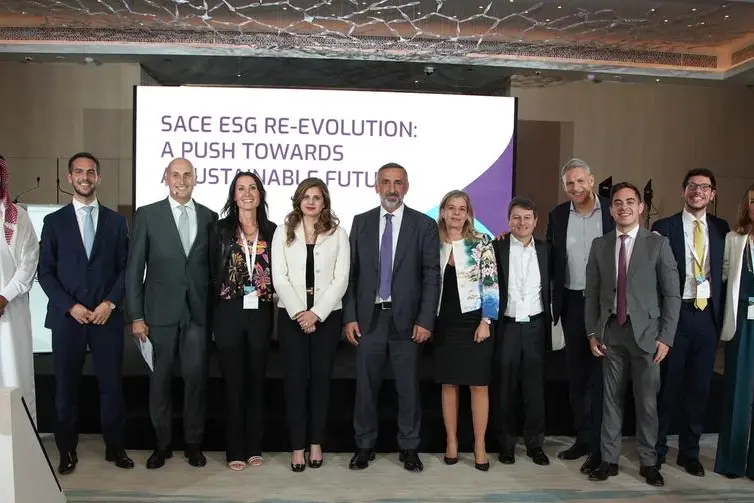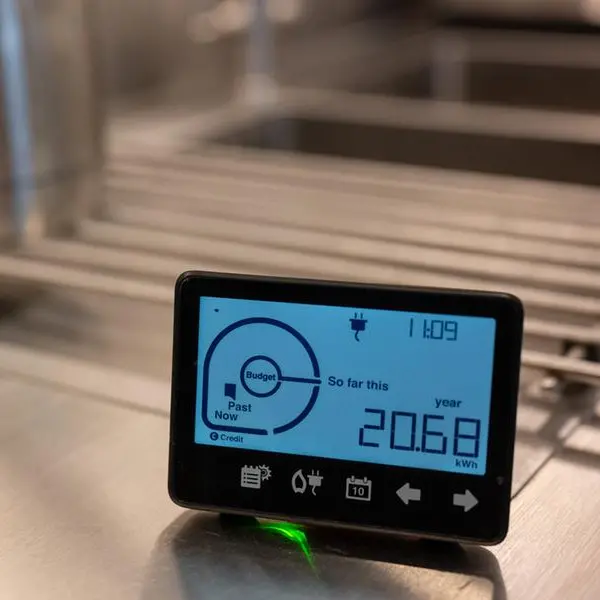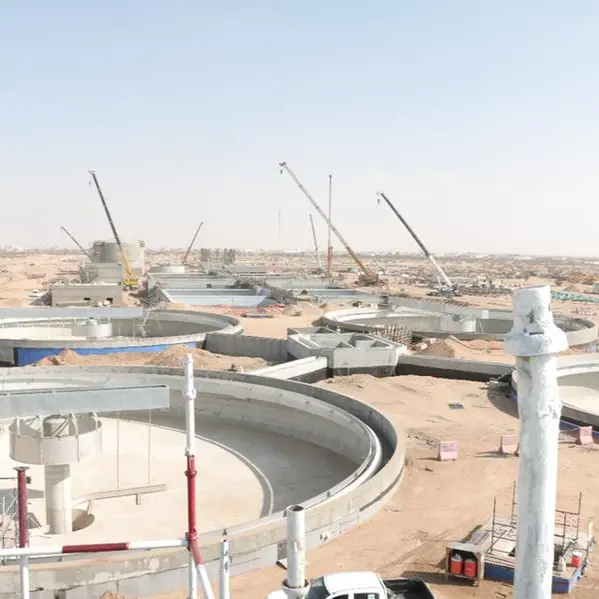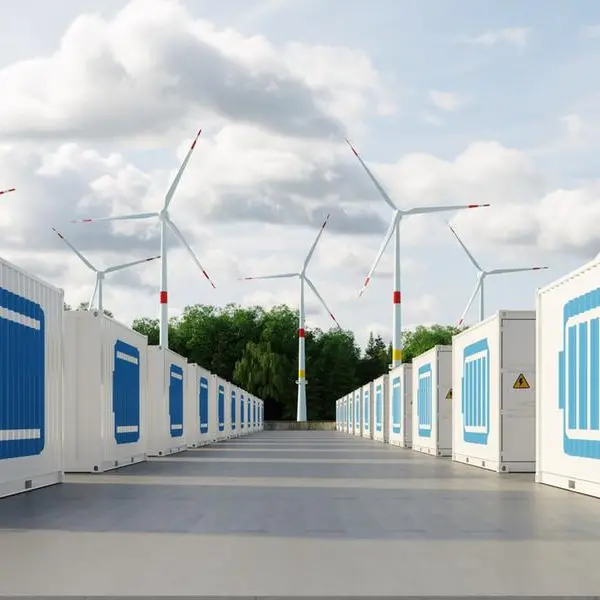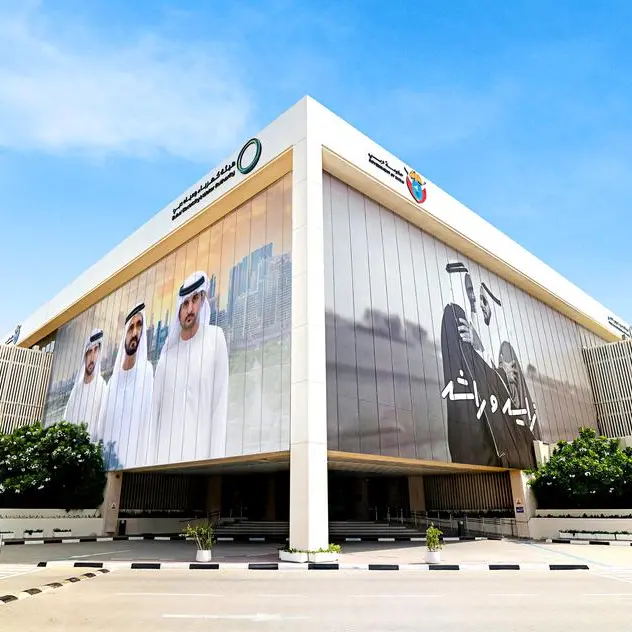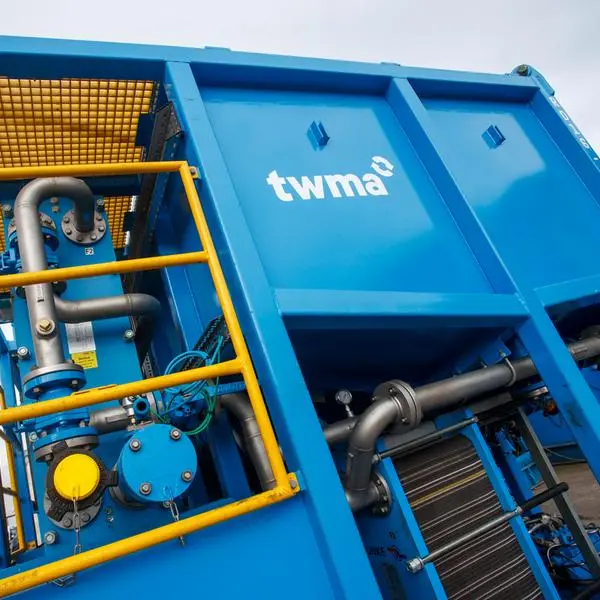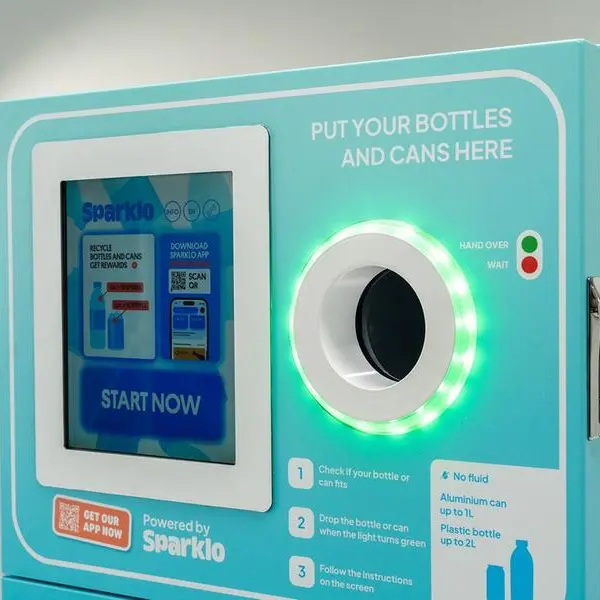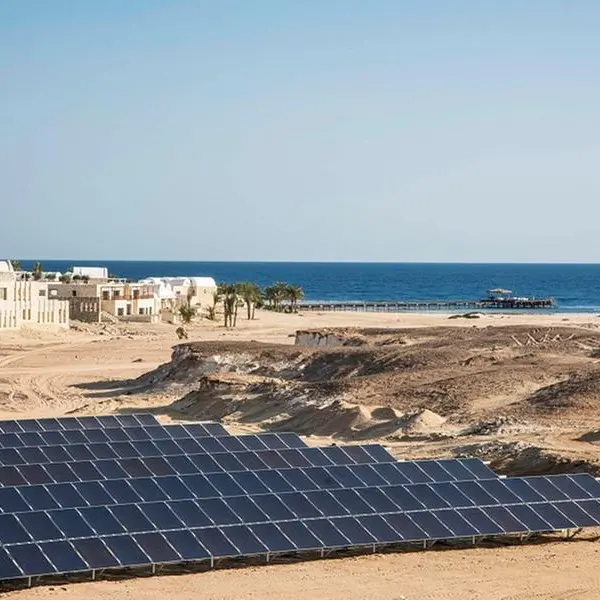PHOTO
Italian export credit agency SACE unveiled a new ESG [environmental, social, and governance] strategy at COP 28, which will progressively align its business model with the United Nations Sustainable Development Goals (SDGs).
The new strategy, unveiled at an offsite event during the COP28 summit in Dubai on Thursday, will integrate ESG criteria into decision-making processes and is underpinned by a scientific impact measurement system, the Agency said in a press statement.
The statement said that accelerating companies' transition represents the primary pillar of SACE's strategy, noting that the focus would be on key sectors like renewable energy, circular economy, electric vehicles, and shared mobility, emphasising SMEs. The second pillar is to become an ESG Excellence Company by aligning internal activities with ESG goals through initiatives that reduce environmental impact, cultivate a sustainable supply chain, and nurture sustainable leadership within SACE.
The statement said a Roadmap would provide a clear and tangible direction to achieve the ESG objectives during the 2024-2025 business plan period while setting ambitious goals extending into 2030 and beyond.
Alessandra Ricci, CEO of SACE, said the Roadmap is a collaborative endeavour involving all SACE stakeholders and our team. Together, we aim to amplify the impact of this transformative evolution.”
Michele De Capitani, Chief Financial & Sustainability Officer of SACE underlined that in an increasingly interconnected world, financial choices hold social and environmental repercussions, which, in turn, have significant financial implications.
“SACE's commitment is dedicated to overseeing, monitoring, and influencing these interdependencies, not just for the benefit of shareholders but also for an expanding audience of stakeholders, encompassing the communities in which we operate,” he said.
The Agency is aiming for more than 50 percent of its business portfolio from sectors like renewables and circular economy by 2030.
New mechanisms to manage climate risks
Presenting the new ESG strategy in Dubai on Thursday, De Capitani pointed out that apart from traditional financial indicators, new indicators like climate-adjusted credit risk and ESG impact assessment would be integrated into the core processes of risk mitigation and underwriting.
Speaking to Zawya Projects on SACE’s climate-adjusted credit risk model, which is expected to be rolled out by 2025, De Capitani said the Agency is putting credit risk and climate risk together to make a new framework to assess counterparty risk.
“As a credit insurance company, we need to assess how good or bad your rating risk is from a credit perspective. However, this is not going to be enough with climate change policy. We have to ensure that we will be able to assess how risky you are because you are also exposed to climate risk. We need to assess your vulnerability and your risky attitude, and that is what is going to be part of integrated risk modelling.”
The new model will evaluate projects' impact on all 17 SDGs via science-based KPIs and recognised benchmarks.
SACE will increasingly deploy ‘Debt for ESG’ swaps along the lines of Debt for Nature and Debt for Climate swaps in its transactions. In this case, the debtor commits with the creditor to deploy part of the money owed into ESG projects to deliver externalities for the planet.
De Capitani said: “That might be like a new way to start a conversation on restructuring or debt recovery. …the goal is to have a deal which is a win-win for three actors, namely the debtor, the creditor, and the planet. Why now? Most of the time, it is a win-lose situation.”
Push Strategy into Green Push
Speaking at the same event, SACE’s Chief International Business Officer Michal Ron emphasised that the Agency plans to achieve net zero status by 2025 for Scope 1 and 2 emissions.
She also elaborated on transforming SACE’s existing ‘Push Strategy’ programme, which aims to increase the commercial opportunities for Italian exporters, into a ‘Green Push Strategy.’
Under the Push Strategy, SACE guaranteed medium-to-long-term financing in favour of top-tier foreign buyers to increase commercial opportunities for Italian exporters through matching-making events organised by SACE.
The new Green Push Strategy, outlined by Ron, comprises a Sustainability push to encourage borrowers to improve their sustainability profile through a set of pre-agreed ESG-related KPIs; a Transition push for borrowers to implement a credible transition plan (which is mandatory for the oil and gas sector borrowers) and a Green and Social Push, which encourages green and social projects; green companies that derive 90 percent of revenues from green activities and green strategic imports that facilitate imports of raw materials for green projects.
Last year, SACE finalised Push Strategy transactions, which include sustainability-linked loans, with five big players in the GCC region for a total of 2.7 billion euros. These included a Push Facility in support of the investment plans of the UAE’s top waste management company, BEE’AH, to increase its procurement from Italian businesses. SACE also established a $300 million Push Facility, structured as a 10-year Sustainability-Linked Loan, in favour of Bahrain’s BAPCO Energies (formerly Nogaholding) to accelerate the company’s efforts toward sustainable economic growth that aligns with Bahrain’s energy demands while adhering to decarbonisation commitments.
The Italian ECA is working on a €8.7 billion pipeline in the Gulf region for the Italian supply chain in strategic sectors such as renewables, infrastructure and construction, logistics, food and beverage, and energy. The Agency is also working on a €2 billion pipeline for Green Push transactions in the region.
(Reporting by Anoop Menon; Editing by Dennis Daniel)
(anoop.menon@lseg.com)
Subscribe to our Projects' PULSE newsletter that brings you trustworthy news, updates and insights on project activities, developments, and partnerships across sectors in the Middle East and Africa.
